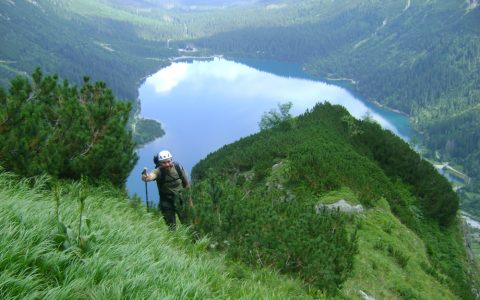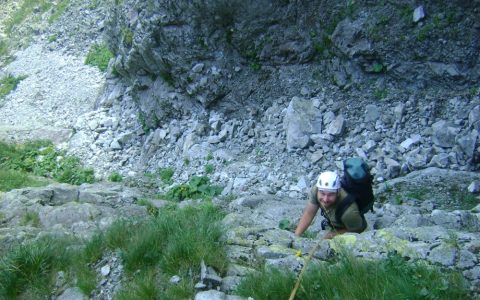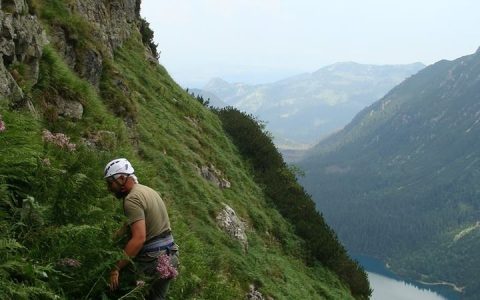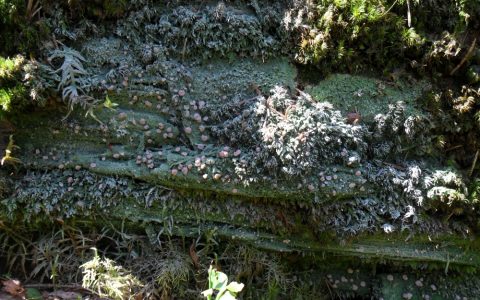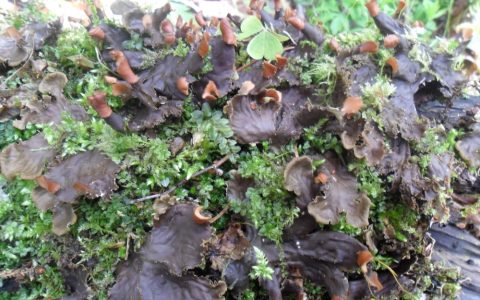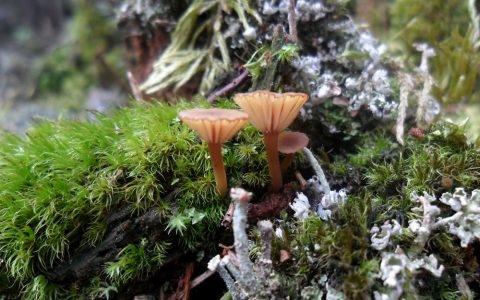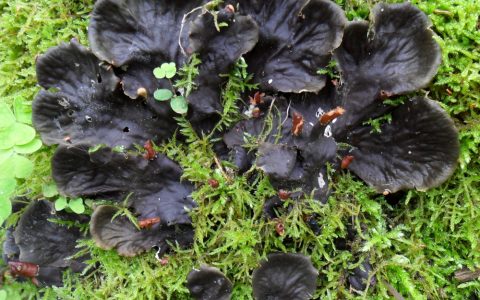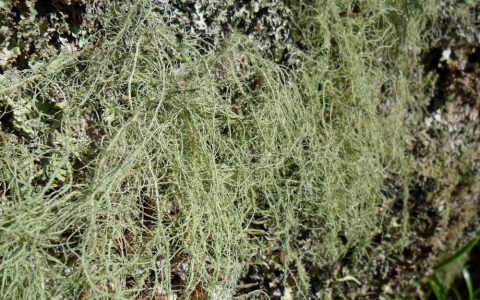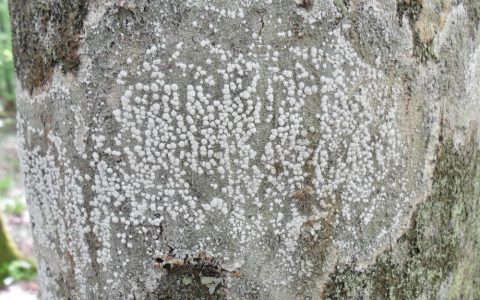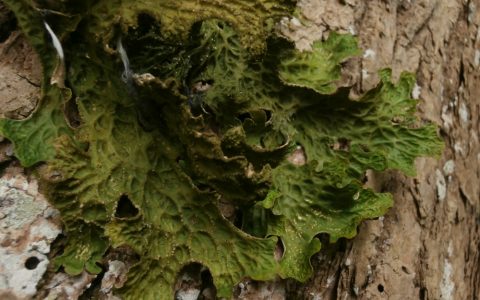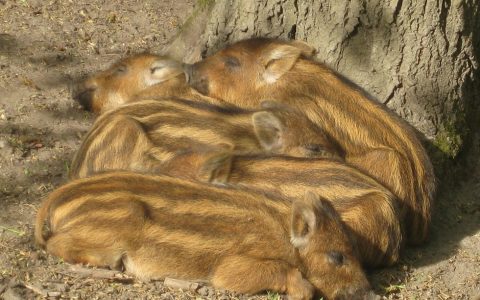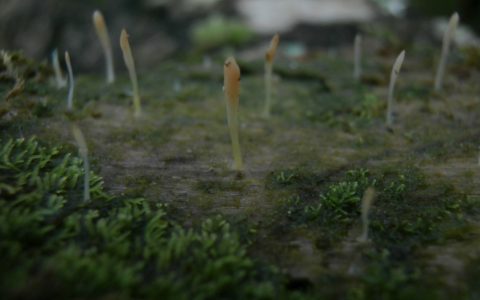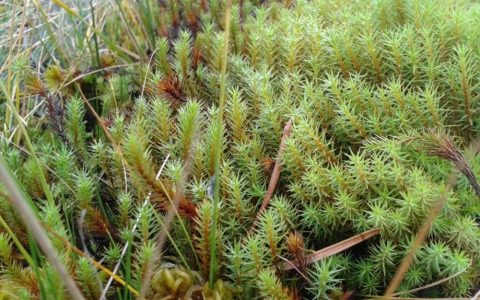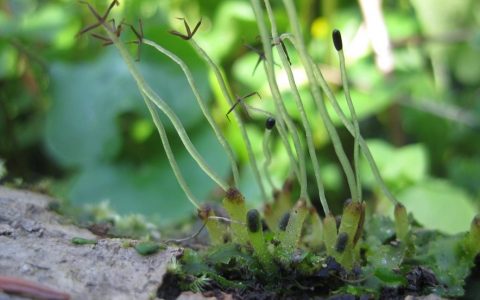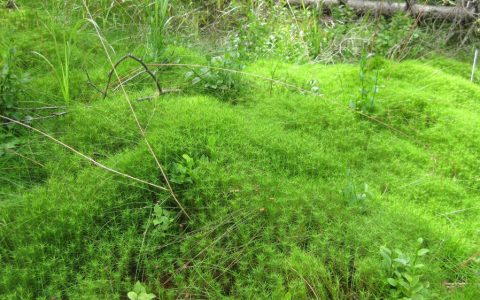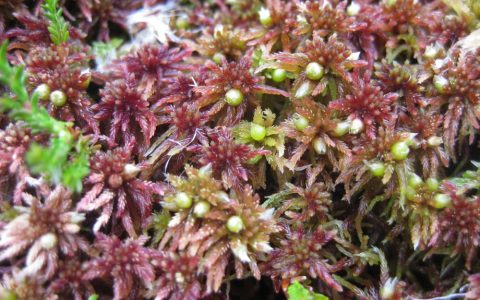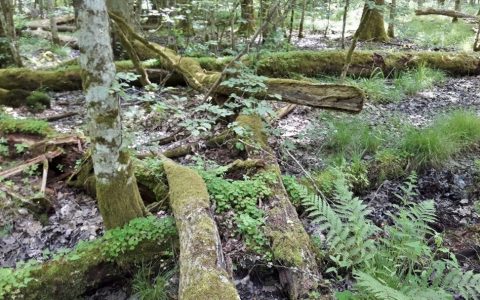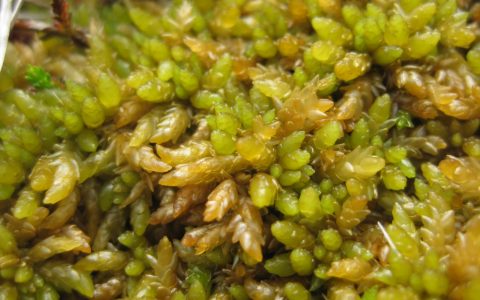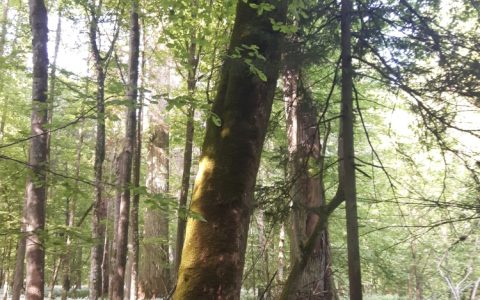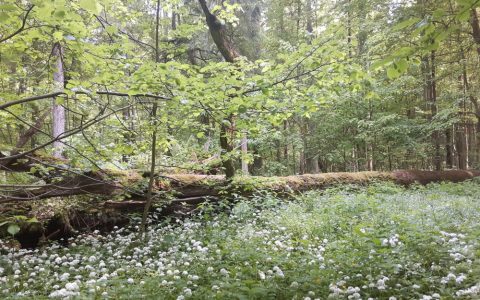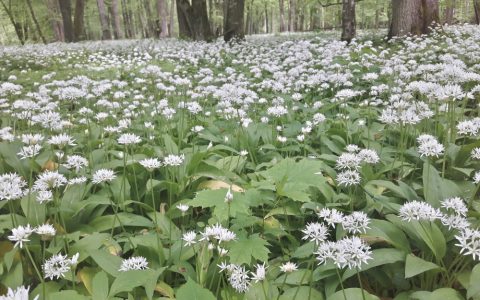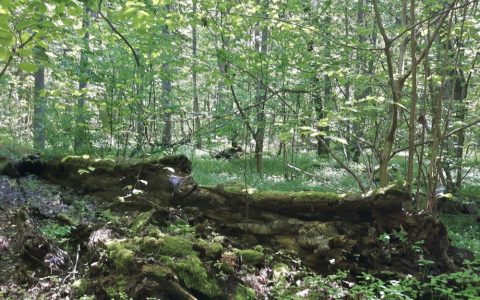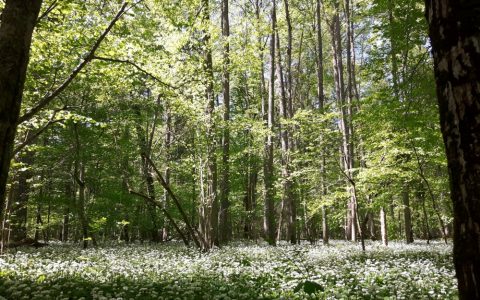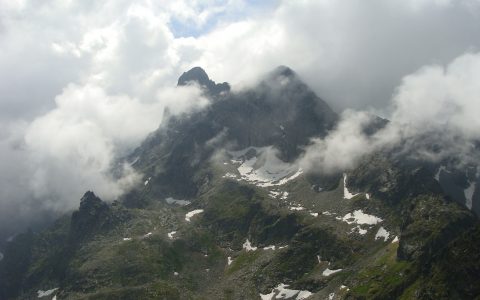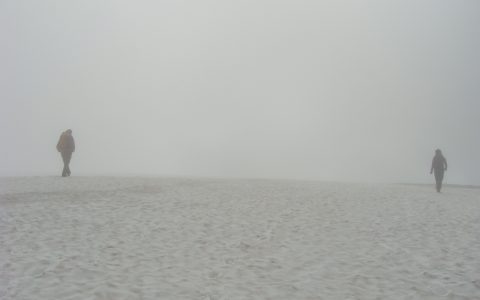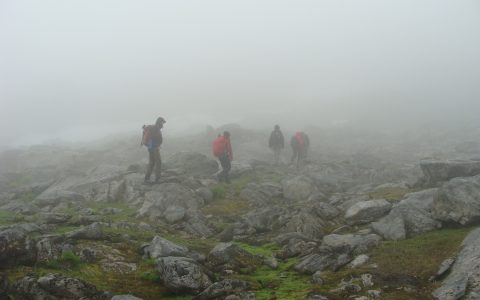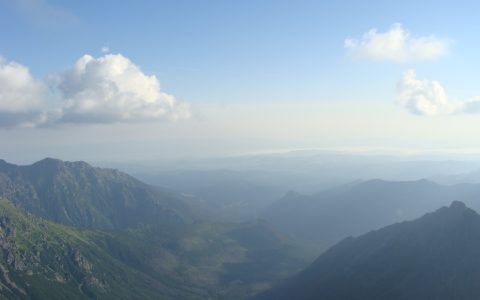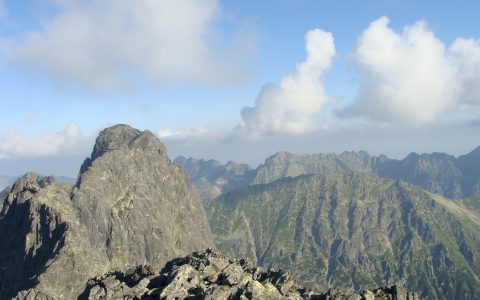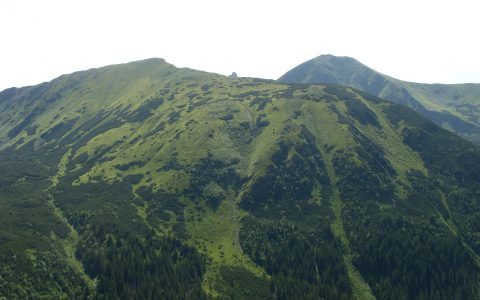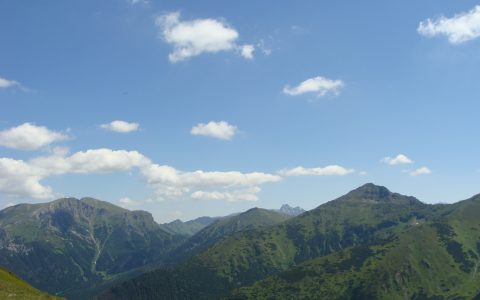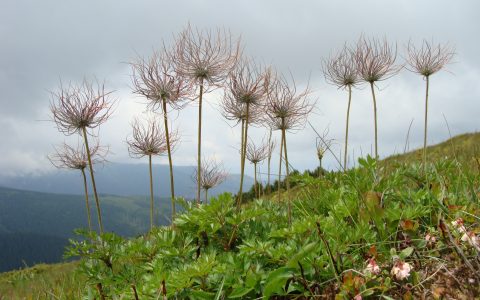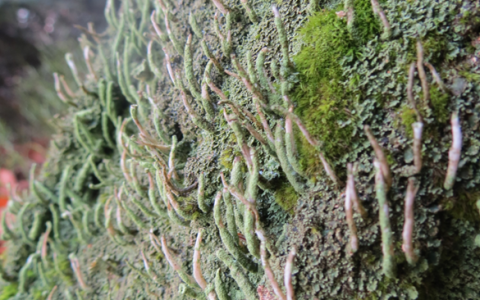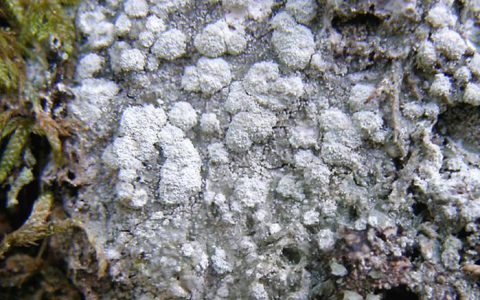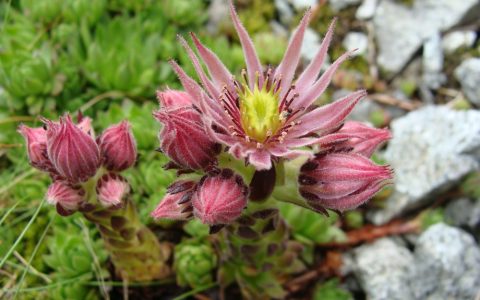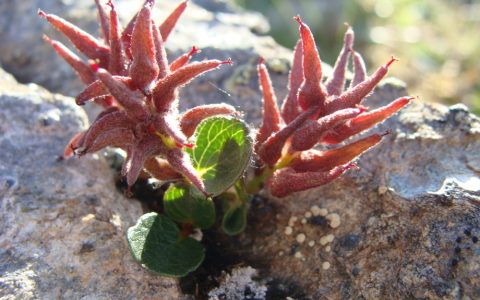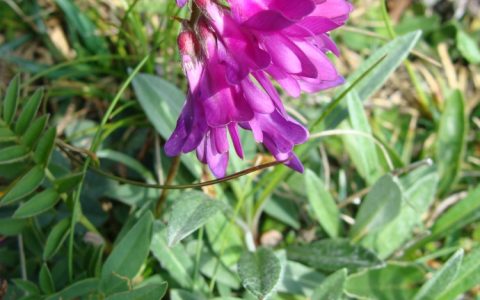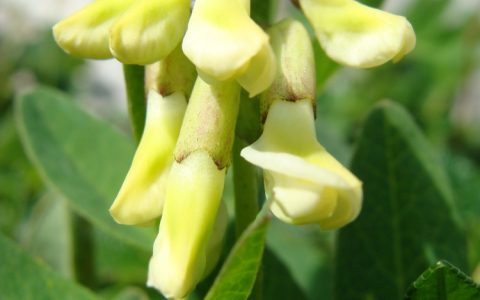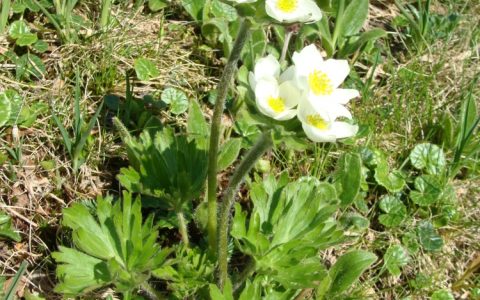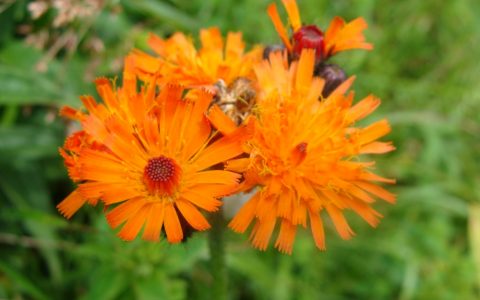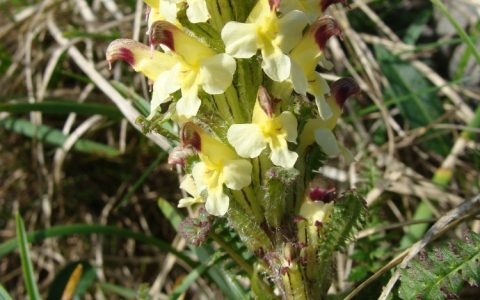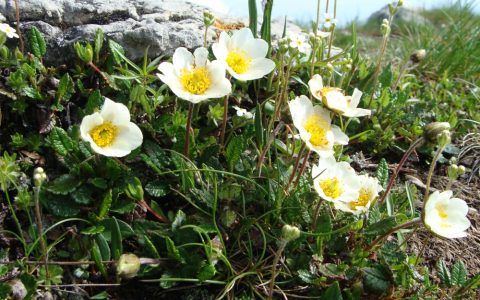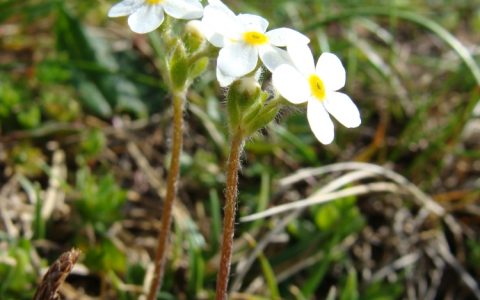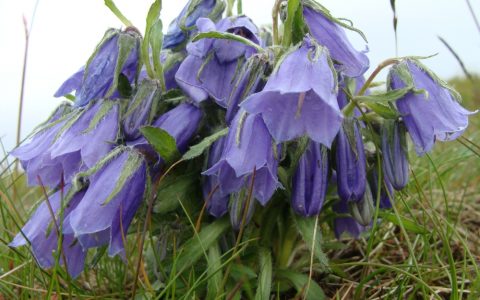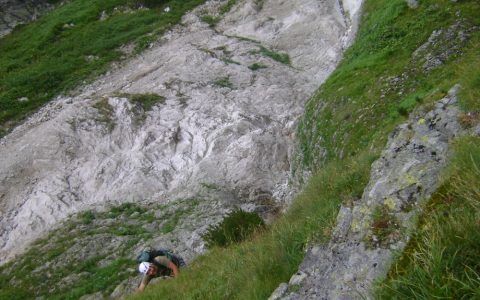KlimaVeg - The impact of climate change on species ranges and composition of plant communities in temperate, boreal and alpine regions
- Project duration:
- 01.03.2014-28.02.2017 (36 months)
- Financing institutions:
- Norwegian Financial Mechanism
The National Centre for Research and Development - Composition of the consortium:
- Project coordinator:
- prof. dr hab. Bogdan Jaroszewicz (Białowieża Geobotanical Station, University of Warsaw)
- Project website:
- www.klimaveg.pl
The ranges of many species are shifting to higher latitudes and altitudes in response to the climatic warming of recent decades. However, species ranges track climate in an individualistic manner and many still defy detailed prediction. Better understanding is imperative if biodiversity is to be conserved effectively and the right choices made in the face of future climate change. We need to investigate how species and communities are reacting to current rapid climatic changes in the fragmented natural habitats and landscapes they live in. Long-term, controlled experiments are ideal but rare, so alternative approaches must be explored and utilized. Poland and Norway both have strong traditions of phytosociological studies, coupled with unique long-term forest experimental plots. In KlimaVeg we resampled alpine phytosociological data sets and permanent forest plots in the two countries, to investigate decadal to centennial shifts in species ranges and changes in community composition. The arctic/alpine data incorporated into the project came from Jan Mayen and Svalbard in arctic Norway via several mountains areas on mainland Norway to the Tatra mountains in the south, and forest data from north to south Norway and the primeval forest of Białowieża.
Czortek P., Delimat A., Dyderski M.K., Zięba A., Jagodziński A.M., Jaroszewicz B. 2020. Population and community-level compositional patterns shape realized niche of the rare arctic-alpine species Carex lachenalii Schkuhr. Nordic Journal of Botany 38,5. DOI: 10.1111/njb.02522
Łubek A., Kukwa M., Czortek P., Jaroszewicz B. 2020. Impact of Fraxinus excelsior dieback on biota of ash‑associated lichen epiphytes at the landscape and community level. Biodiversity and Conservation 29: 431-450. DOI: 10.1007/s10531-019-01890-w
Łubek A., Kukwa M., Czortek P., Jaroszewicz B. 2019. Lichenicolous fungi are more specialized than their lichen hosts in primeval forest ecosystems, Białowieża Forest, northeast Poland. Fungal Ecology 42: 100866. DOI: 10.1016/j.funeco.2019.100866
Czortek P., Eycott A.E., Grytnes J.-A., Delimat A., Kapfer J., Jaroszewicz B. 2018. Effects of grazing abandonment and climate change on mountain summits flora: a case study in the Tatra Mts. Plant Ecology 219,3: 261–276. DOI: 10.1007/s11258-018-0794-6
Czortek P., Delimat A., Dyderski M.K., Zięba A., Jagodziński A.M., Jaroszewicz B. 2018. Climate change, tourism and historical grazing influence the distribution of Carex lachenalii Schkuhr – A rare arctic-alpine species in the Tatra Mts. Science of the Total Environment 618: 1628–1637. DOI: 10.1016/j.scitotenv.2017.10.001
Czortek P., Kapfer J., Delimat A., Eycott A.E., Grytnes J.-A., Orczewska A., Ratyńska H., Zięba A., Jaroszewicz B. 2018. Plant species composition shifts in the Tatra Mts as a response to environmental change: a resurvey study after 90 years. Folia Geobotanica 53: 333–348. DOI: 10.1007/s12224-018-9312-9
Czortek P., Ratyńska H., Dyderski M.K., Jagodziński A.M., Orczewska A., Jaroszewicz B. 2018. Cessation of livestock grazing and windthrow drive a shift in plant species composition in the Western Tatra Mts. Tuexenia 38: 177–196. DOI: 10.14471/2018.38.008
Ertz D., Guzow-Krzemińska B., Thor G., Łubek A., Kukwa M. 2018. Photobiont switching causes changes in the reproduction strategy and phenotypic dimorphism in the Arthoniomycetes. ScientificReports 21, 8(1): 4952. DOI:10.1038/s41598-018-23219-3
Fojcik B., Zubel R., Wierzcholska S., Rosadziński S., Staniaszek-Kik M., Rusińska A., Szczepański M., Vončina G., Wolski G., Ciurzycki W., Górski W., Piwowarski B., Pawlikowski P. 2018. Materiały do brioflory rezerwatu przyrody Boczki (Puszcza Romincka). Steciana 21,4: 147–158. DOI:10.12657/steciana.021.018
Guzow-Krzemińska B., Łubek A., Kubiak D., Ossowska E., Kukwa M. 2018. Phylogenetic approaches reveal a new sterile lichen in the genus Loxospora (Sarrameanales, Ascomycota) in Poland. Phytotaxa 348 (3): 211–220 DOI:10.11646/phytotaxa.348.3.4
Jagodziński A.M., Wierzcholska S., Dyderski M.K., Horodecki P., Rusińska A., Gdula A.K., Kasprowicz M. 2018. Tree species effects on bryophyte guilds on a reclaimed post-mining site. Ecological Engineering 110: 117–127 DOI:10.1016/j.ecoleng.2017.10.015
Łubek A., Kukwa M., Jaroszewicz B., Czortek P. 2018. Changes in the epiphytic lichen biota of Białowieża Primeval Forest are not explained by climate warming. Science of the Total Environment 643: 468–478. DOI: 10.1016/j.scitotenv.2018.06.222
Muggia L., Mancinelli R., Tønsberg T., Jablonska A., Kukwa M., Palice Z. 2018. Molecular analyses uncover the phylogenetic placement of the lichenized hyphomycetous genus Cheiromycina. Mycologia 109: 588–606 DOI:10.1080/00275514.2017.1397476
Steinbauer M.J., Grytnes J.-A., Jurasinski G., Kulonen A., Lenoir J., Pauli H., Rixen C., Winkler M., Bardy-Durchhalter M., Barni E., Bjorkman A.D., Breiner F.T., Burg S., Czortek P., Dawes M.A., Delimat A., Dullinger S., Erschbamer B., Felde V.A., Fernández-Arberas O., Fossheim K.F., Gómez-García D., Georges D., Grindrud E.T., Haider S., Haugum S.V., Henriksen H., Herreros M.J., Jaroszewicz B., Jaroszynska F., Kanka R., Kapfer J., Klanderud K., Kühn I., Lamprecht A., Matteodo M., Morra di Cella U., Normand S., Odland A., Olsen S.L., Palacio S., Petey M., Piscová V., Sedlakova B., Steinbauer K., Stöckli V., Svenning J.-C., Teppa G., Theurillat J.-P., Vittoz P., Woodin S.J., Zimmermann N.E., Wipf S. 2018. Accelerated increase in plant species richness on mountain summits is linked to warming. Nature 556: 231–234. DOI: 10.1038/s41586-018-0005-6
Wesołowski T., Wierzcholska S. 2018. Tits as bryologists: patterns of bryophyte use in nests of three species co-habiting in a primeval forest. Journal of Ornithology DOI:10.1007/s10336-018-1535-2
Ellis L.T., Ah-Peng C., Aleffi M., Baráth K., Brugués M., Ruiz E., Buck W.R., Czernyadjeva I.V., Erzberger P., Fantecelle L.B., Peñaloza-Bojacá G.F., Araújo C.A.T., Oliveira B.A., Maciel-Silva A.S., Gremmen N.J.M., Guo S.-L., Hedderson T.A., February E., Wilding N., Hugonnot V., Kırmacı M., Kürschner H., Lebouvier M., Mesterházy A., Ochyra R., Philippe M., Plášek V., Skoupá Z., Poponessi S., Gigante D., Venanzoni R., Rawat K.K., Sahu V., Asthana A.K., Sabovljević M.S., Sabovljević A.D., Schäfer-Verwimp A., Wierzcholska S. 2017. New national and regional bryophytes records, 50. Journal of Bryology 39,1: 1–17. DOI: 10.1080/03736687.2016.1259931
Ertz D., Sanderson N., Łubek A., Kukwa M. 2017. Two new species of Arthoniaceae from old-growth European forests: Arthonia thoriana and Inoderma sorediatum, and a new genus for Schismatomma niveum. Lichenologist 50(2): 161–172. DOI:10.1017/S0024282917000688
Górski P., Fudali E., Żołnierz L., Smoczyk M., Wierzcholska S., Rosadziński S., Dyderski M.K. 2017. New distributional data on bryophytes of Poland and Slovakia, 10. Steciana 21,2: 59–68. DOI:10.12657/steciana.021.007
Guzow-Krzemińska B., Maliček J., Oset M., Łubek A., Tønsberg T., Kukwa M. 2017. Lecanora stanislai, a new, sterile, usnic acid containing lichen species from Eurasia and North America. Phytotaxa 329,3: 201 DOI:10.11646/phytotaxa.329.3.1
Kapfer J., Grytnes J.-A. 2017. Large climate change, large effect? Vegetation changes over the past century in the European High Arctic. Applied Vegetation Science 20: 204–214 DOI:10.1111/avsc.12280
Kapfer J., Hédl R., Jurasinski G., Kopecký M., Schei F.H., Grytnes J.-A. 2017. Resurveying historical vegetation data – opportunities and challenges. Applied Vegetation Science 20: 164–171 DOI:10.1111/avsc.12269
Kukwa M., Czarnota P., Łubek A. 2017. Three lichen species in Buellia, Catillaria, and Cheiromycina, new to Poland. Mycotaxon 132: 177–182. DOI:10.5248/132.177
Łubek A., Kukwa M. 2017. Additions to the mycobiota of Poland. Mycotaxon 132: 183–195. DOI:10.5248/132.183
Ratyńska H., Czortek P. 2017. Stanowisko Saxifraga hirculus (Saxifragaceae) na Polanie Hawryłówka (Pasmo Gubałowsko-Spiskie, Polska południowa). Fragmenta Floristica et Geobotanica Polonica 24,1: 173-176.
Schei F.H., Kapfer J., Birks H.J.B., Grytnes J.-A. 2015. Stability of alpine vegetation over 50 years in central Norway. Folia Geobotanica 50,1: 39–48. DOI:10.1007/s12224-015-9209-9
Stebel A., Rosadziński S., Wierzcholska S., Zubel R., Paciorek T. 2015. New distributional data for the moss Dicranum viride in Poland. Herzogia 28: 38–43.
Guzow-Krzemińska B., Czarnota P., Łubek A., Kukwa M. 2016. Micareasoralifera sp. nov., a new sorediate species in the Micarea prasina group. Lichenologist 48(3): 161–169. DOI: 10.1017/S0024282916000050





